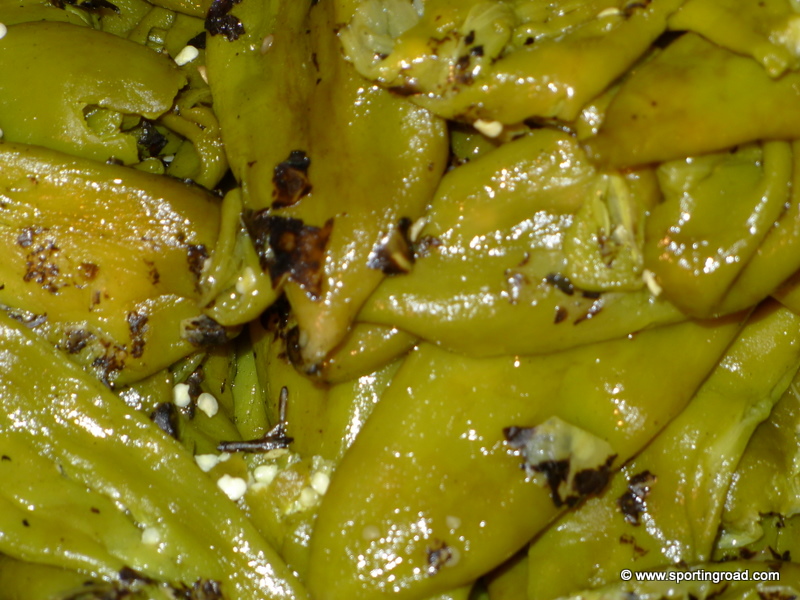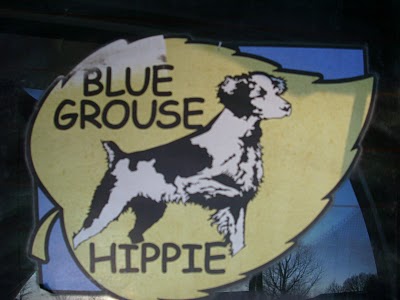I used to buy whatever canned tomatoes were on sale in from the grocer. Then I started to realize that tomatoes on the vine, never tasted the same from one to the other, so why should they in the can. And, tomatoes in Italy, never tasted anything like those grown in America, in part to their soil and in part to their seed. San Marzano, Italy, is like the Bordeaux region of tomatoes. But you need to be careful as there are tomatoes that are labeled San Marzano, but grown in the US - referring to the type of seed, not the location of growing. Whatever brand you buy, you need to make sure it's Denominazione di Origine Protetta certified, if you want to make sure it is from San Marzano. These Cento DOP Certified San Marzano tomatoes are the best that can be bought in the US, but cost nearly $5 for a 28 oz can, if you can find them. Cento has a San Marzano varietal that's non DOP, but grown in Italy, which sells for around $2.50for a 35 oz can. Then there's the "Italian Style" Cento's which are grown outside of Italy, maybe even in California, but are Italian style in that they are Roma tomatoes, and cost under $2.00 for a 28 oz can. We find a real difference in tasting the "Italian Style" Cento's to those made in Italy, and those made in Italy are worth the small extra cost. And if you can find them reasonably priced, the DOP Certified San Marzano are worth double the cost of the "made in Italy" tins,, as they are noticeably, however slightly, better. Simply put they are the best in canned tomatoes, if you can afford them, get them.


